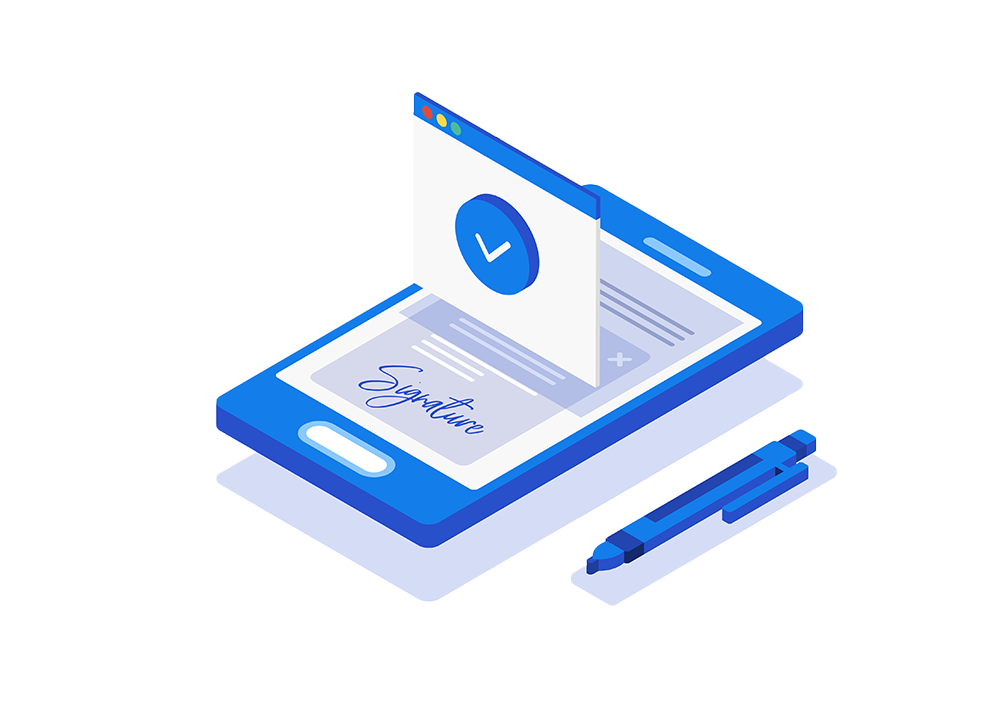Collect Signatures Easily, No Ink Required
A simple way to get legally binding signatures on any document – quick and secure.

Why go digital?
Electronic signatures are legally binding and hold the same value as traditional “wet” signatures but with added benefits like enhanced security or compliance, tracking, efficiency, and mobility.
What kind of Documents can I sign?
You can digitally sign contracts, agreements, proposals, invoices, reports, and other documents with ease.
Will this integrate with my other business software?
Nucleus One integrates with a wide array of business software like Quickbooks and Zapier, and has a developer friendly SDK.
SIGN ANYWHERE, FROM ANY DEVICE
Teams and clients have secure access to contracts and documents on desktop, tablet, and mobile devices.
SIGN ANYWHERE, FROM ANY DEVICE
Teams and clients have secure access to contracts and documents on desktop, tablet, and mobile devices.
Worry-Free Secure Signatures
Collect legally binding signatures that are encrypted and QES verified – the safest way to sign electronically.
Worry-Free Secure Signatures
Collect legally binding signatures that are encrypted and QES verified – the safest way to sign electronically.
BUILD YOUR OWN FORMS
Create contracts, sales orders, and more with an easy to use drag-and-drop designer.
BUILD YOUR OWN FORMS
Create contracts, sales orders, and more with an easy to use drag-and-drop designer.
Store documents intelligently
Organize signed documents in an easy to navigate folder system and create workflows that save even more time.
Store Documents Intelligently
Organize signed documents in an easy to navigate folder system and create workflows that save even more time.
